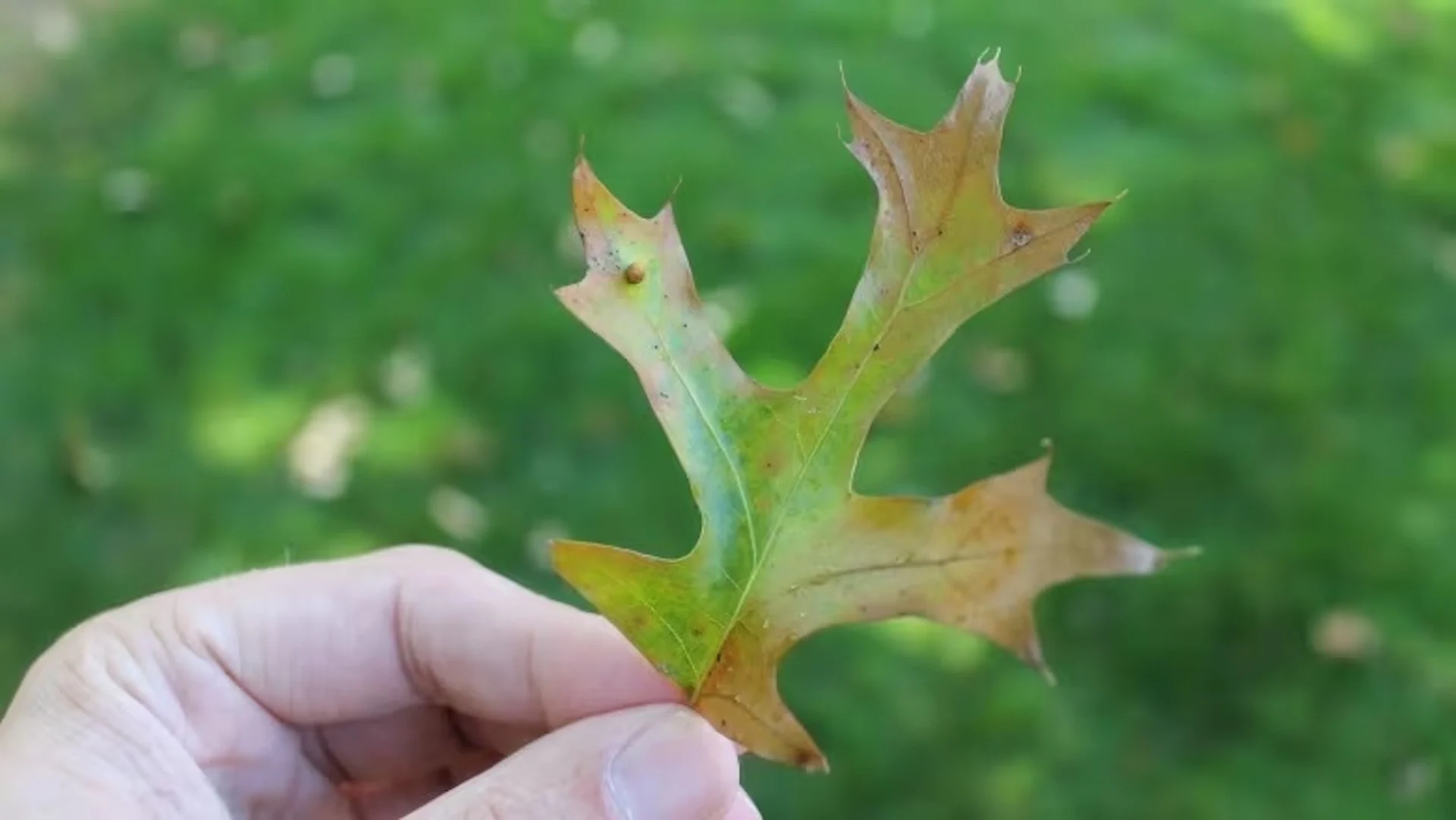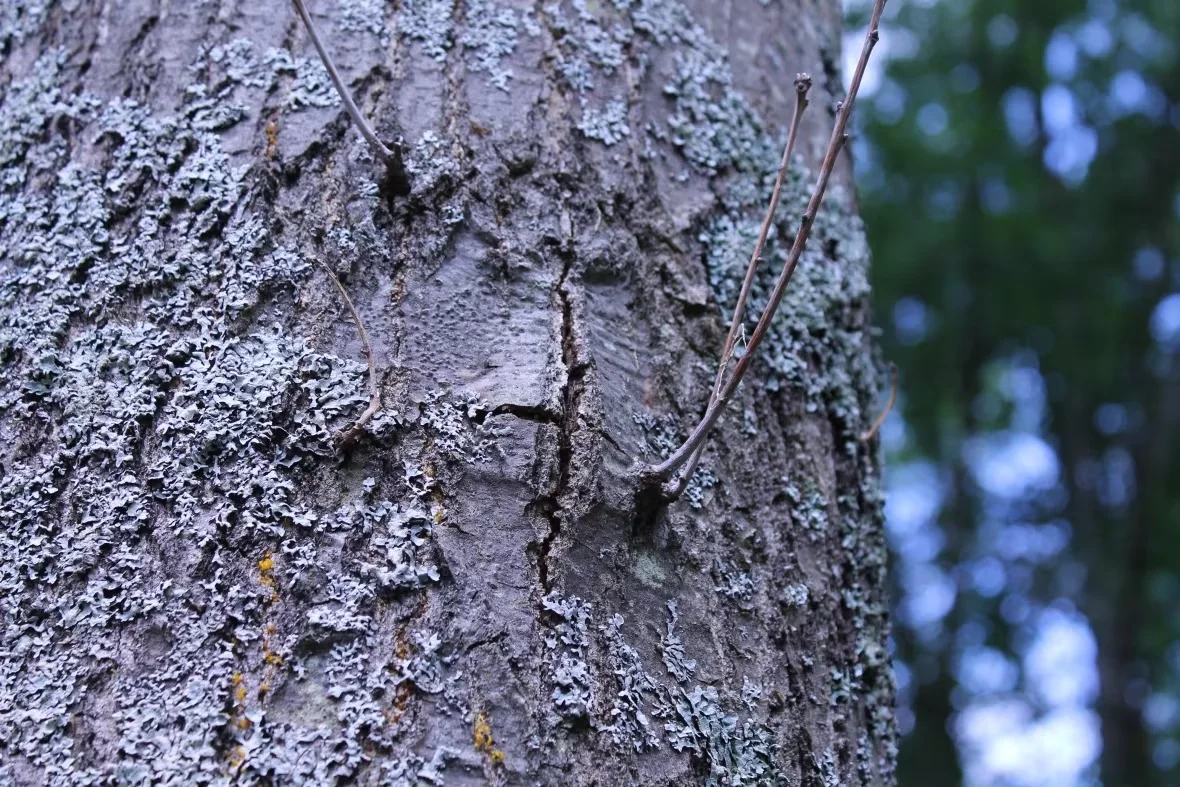
Invasive fungus found could do 'widespread' damage to oak trees in Ontario
An invasive fungus never before seen in Canada, according to the Invasive Species Centre in Sault Ste. Marie, has been detected in Niagara Falls, Ont.
The fungus is called oak wilt and can kill an adult red oak tree within two to six weeks.
Lauren Bell, program manager for the Invasive Species Centre, said the agency has only found three trees in Niagara region with oak wilt, but said residents should keep an eye out for more.
DON'T MISS: Want to combat an invasive species in Ontario? There's funding for that
"What's really important is having people have their eyes on the ground to make sure that they're aware of the signs and symptoms," Bell said.
She said there are a few different signs that a tree has oak wilt. The most distinctive sign, she said, is a "fungal mat or pressure pad," which happens beneath the bark and can be white, grey or black.

One of the signs of oak wilt is cracked bark, along with a sweet fruity smell, similar to Juicy Fruit gum. (Submitted by Lauren Bell)
"You'll see cracking along the bark of the oak tree and that's indicative of signs of a fungal mat occurring," she said, adding that fungal mats smell sweet and fruity.
"The best comparison to what this smells like is Juicy Fruit gum, smells quite similar."
Some other signs of oak wilt include wilting or bronzing edges of leaves, starting from the top of the tree down, and leaves falling before autumn.
What to do if you spot oak wilt
If you spot a tree with oak wilt, Bell says you can report it to the Canadian Food Inspection Agency (CFIA).
To mitigate the spread of oak wilt, the CFIA recommends not cutting trees between April and October.
Bell said at this time of year, cutting trees releases the sweet smell of the fungal mats and attracts nitidulidae beetles, which spread oak wilt spores to other trees.
Both Bell and CFIA also ask people to burn wood that was gathered locally, and not bring firewood long distances, as the wood may be harbouring invasive species.
Lastly, Bell recommends "monitoring your oak trees for any of those signs, and if you suspect that there may be the presence of oak wilt or you're noticing something of issue with your oak trees, you can report it to the Canadian Food Inspection Agency."
WATCH: One of world's most invasive plants is being widely sold at garden centres
Thumbnail courtesy of Lauren Rogers via CBC.
The story was written by Cara Nickerson and published for CBC News.